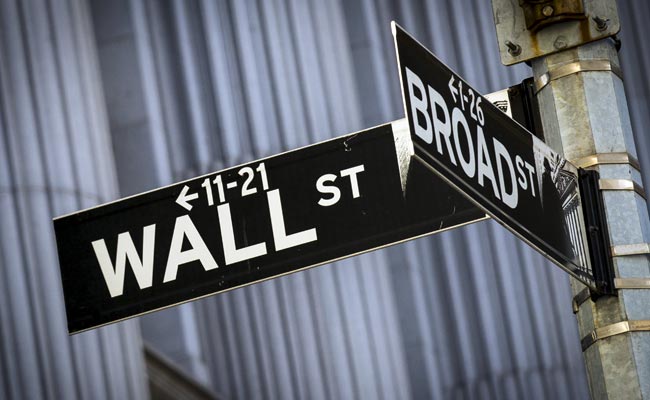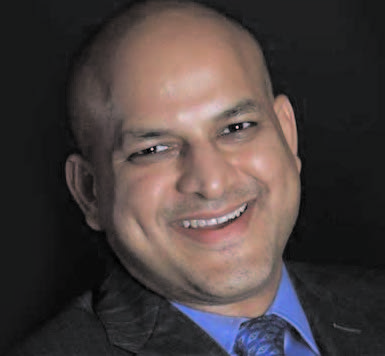
WASHINGTON: A high-frequency trader of Indian origin was arrested in the United Kingdom over charges he manipulated the futures market and played a role in sparking the May 2010 “flash crash”, the US Justice Department said on Tuesday.
Navinder Singh Sarao, 37, of Hounslow, United Kingdom, was criminally charged on charges of wire fraud, commodities fraud and manipulation, said the DOJ.
The Commodity Futures Trading Commission (CFTC) also filed parallel civil charges against Mr Sarao on Tuesday, calling him a “very significant player in the market.”
The case marks the first time US regulators have alleged that market manipulation played a role in the flash crash, in which the Dow Jones Industrial Average plunged more than 1,000 points before recovering somewhat toward the end of the day’s trading.
Through his company Nav Sarao Futures Limited Plc, Sarao profited to the tune of $40 million, the CFTC said, adding that his alleged manipulation stretched over the period from 2010 to 2014 and continued at least through early April of this year.
“His conduct was at least significantly responsible for the order imbalance that in turn was one of the conditions that led to the flash crash,” CFTC head of enforcement Aitan Goelman told a conference call with journalists.
The Department of Justice (DOJ) said it plans to request that he be extradited to the US.
An October 2010 report by the CFTC and Securities and Exchange Commission traced the flash crash back to a computer-driven trade by a mutual fund which chose to sell a large number of E-mini S&P 500 futures contracts.
The DOJ said Tuesday that Mr Sarao used an automated trading program to execute his scheme, which the department described as “dynamic layering.”
That strategy involved placing multiple, simultaneous large volume sell orders at different price points to create the appearance of substantial supply.
He then modified the orders frequently to keep them close to the market price, and canceled them without executing them. Then, when the prices fell, he would sell futures contracts and buy them back at the lower price.
Mr Goelman said that Mr Sarao used both software tools and manual trading to manipulate the price of the S&P e-Mini, using off-the-shelf software that he modified.





Be the first to comment